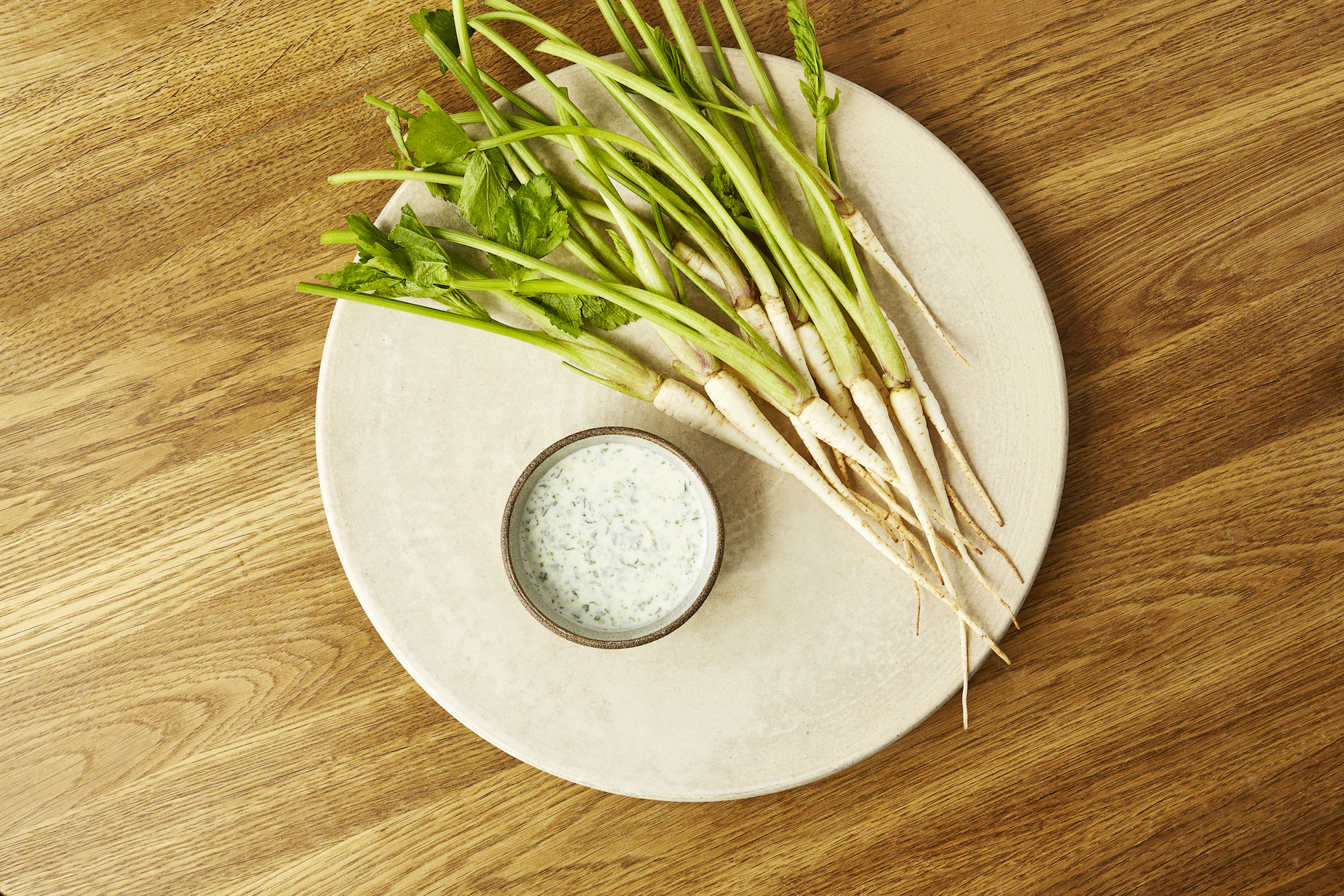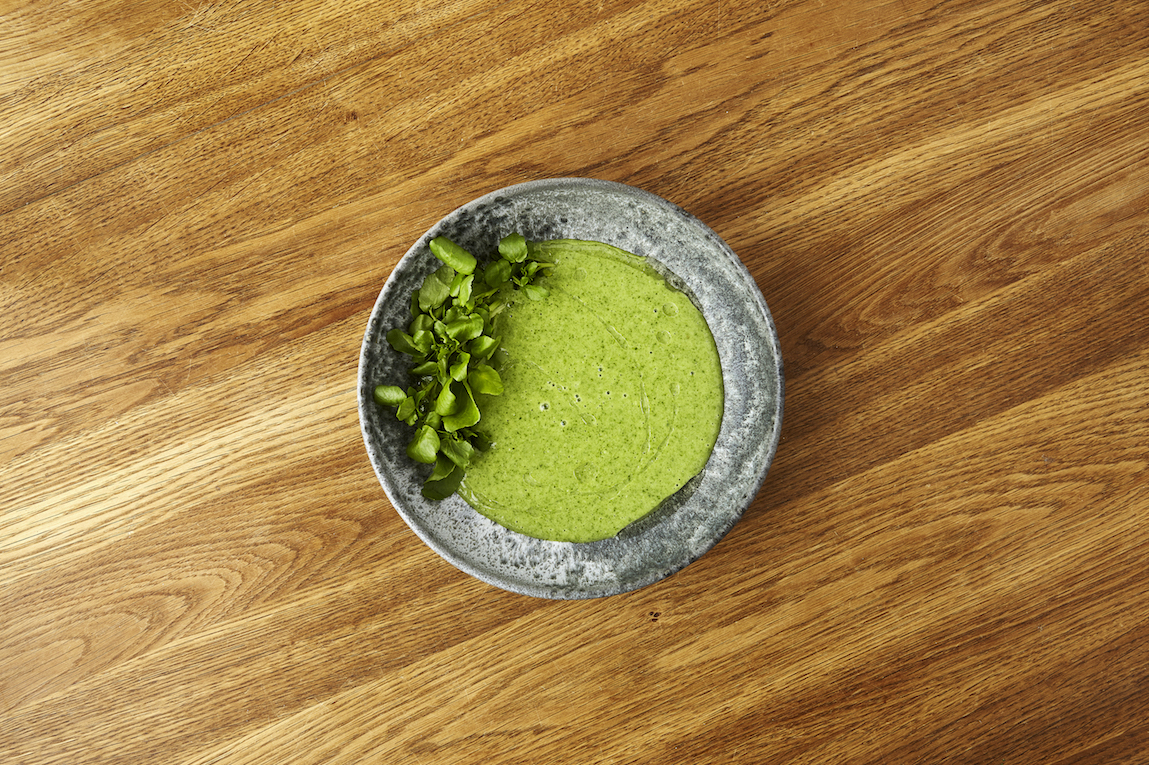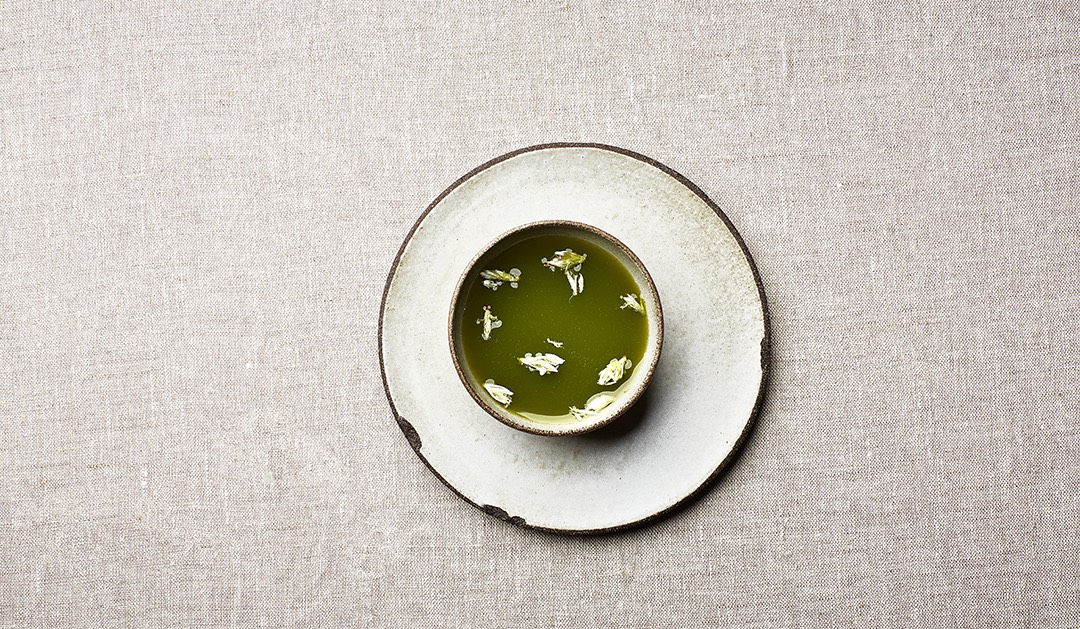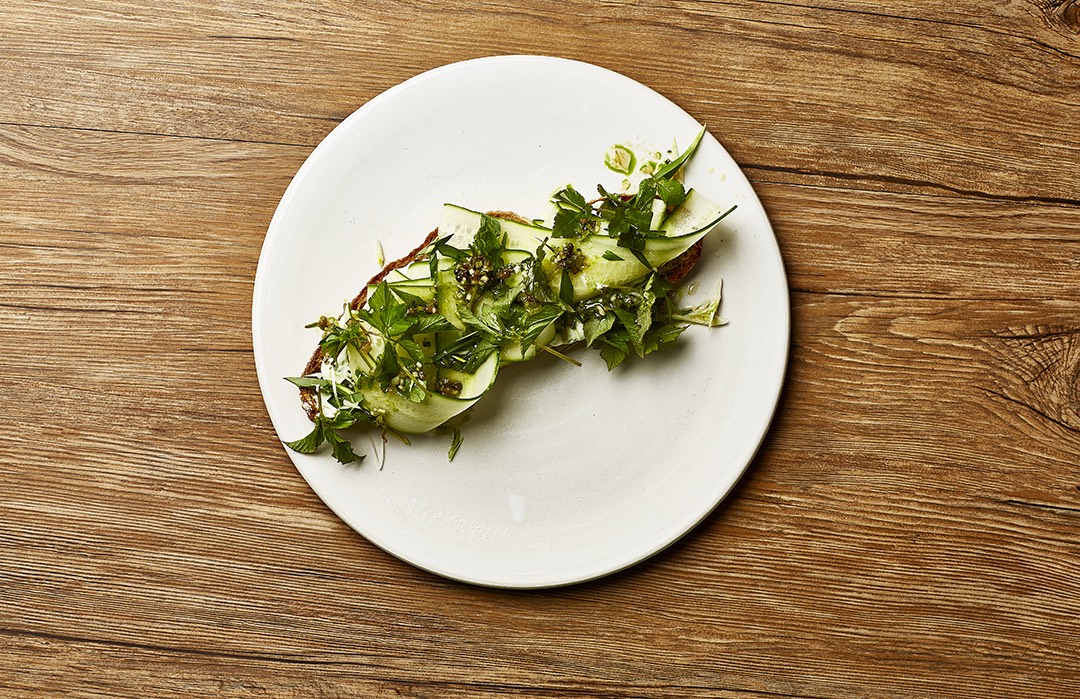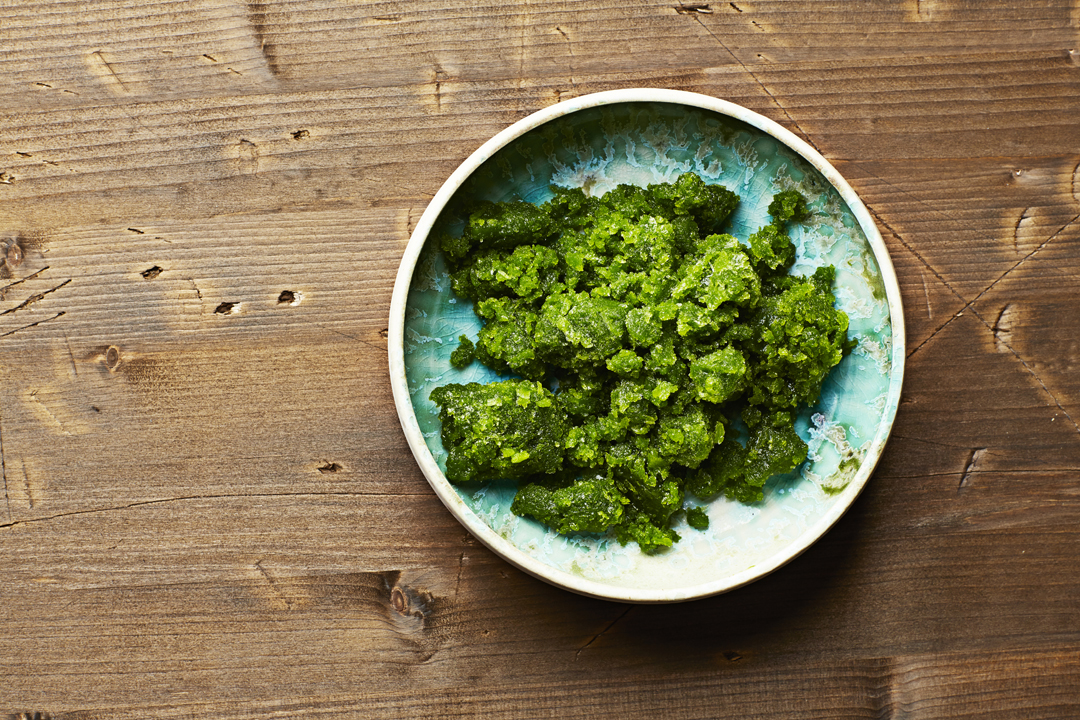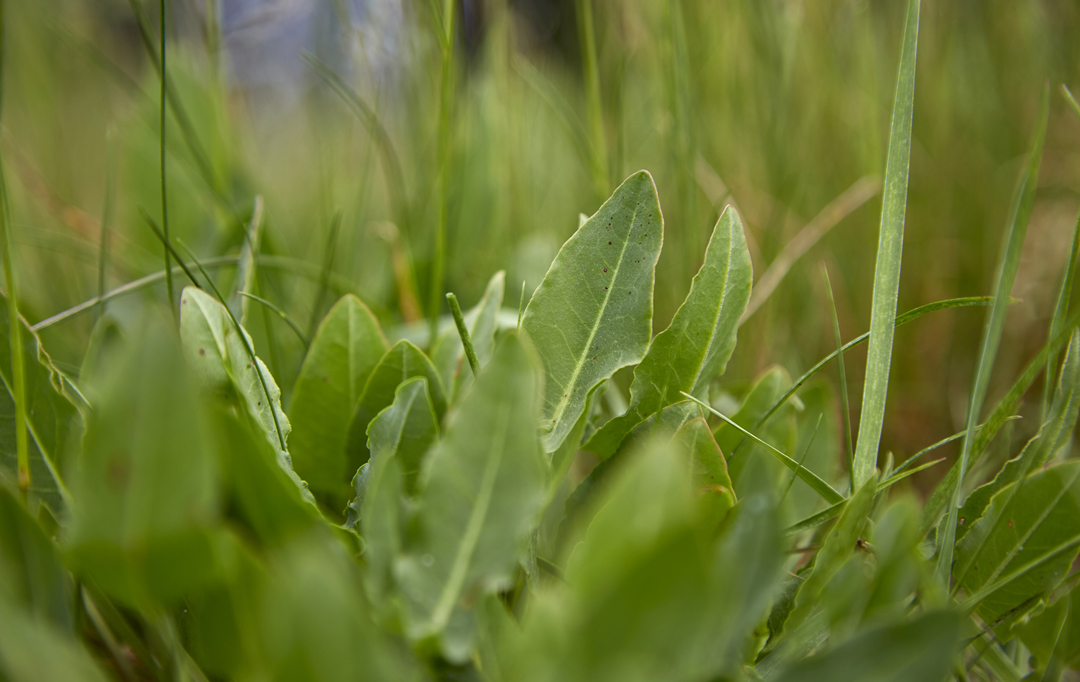
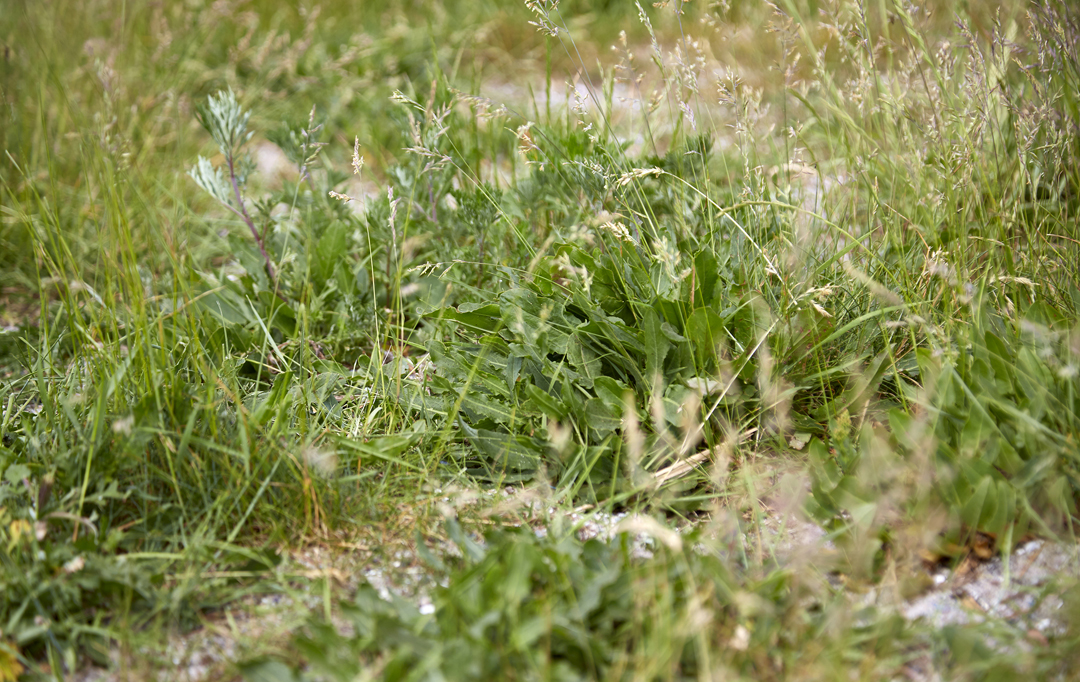
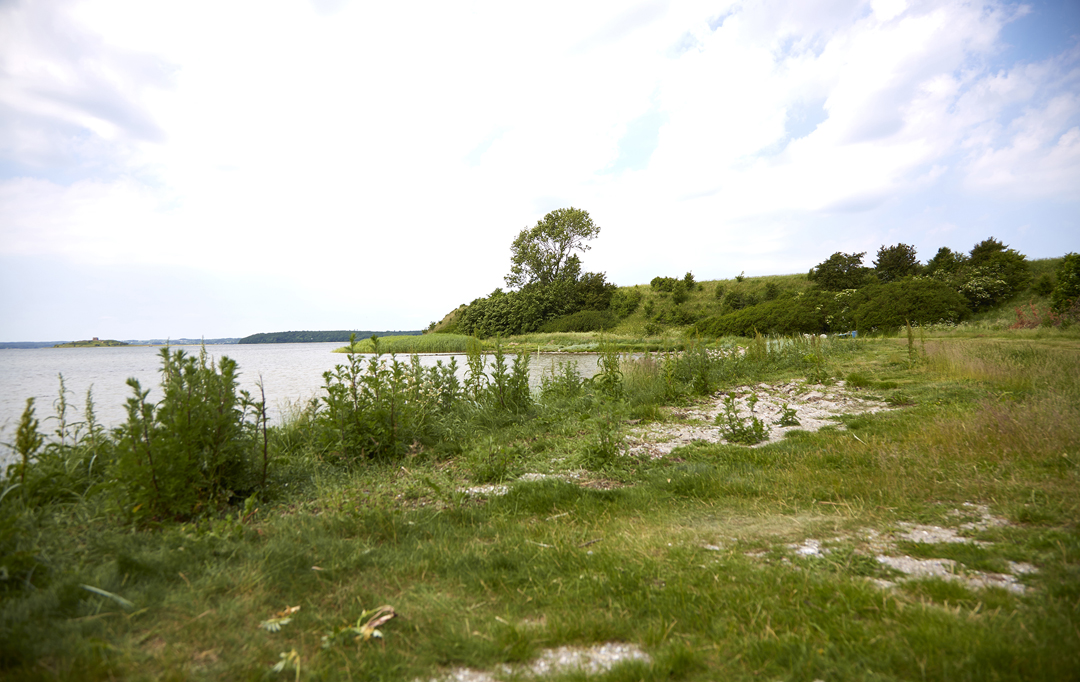
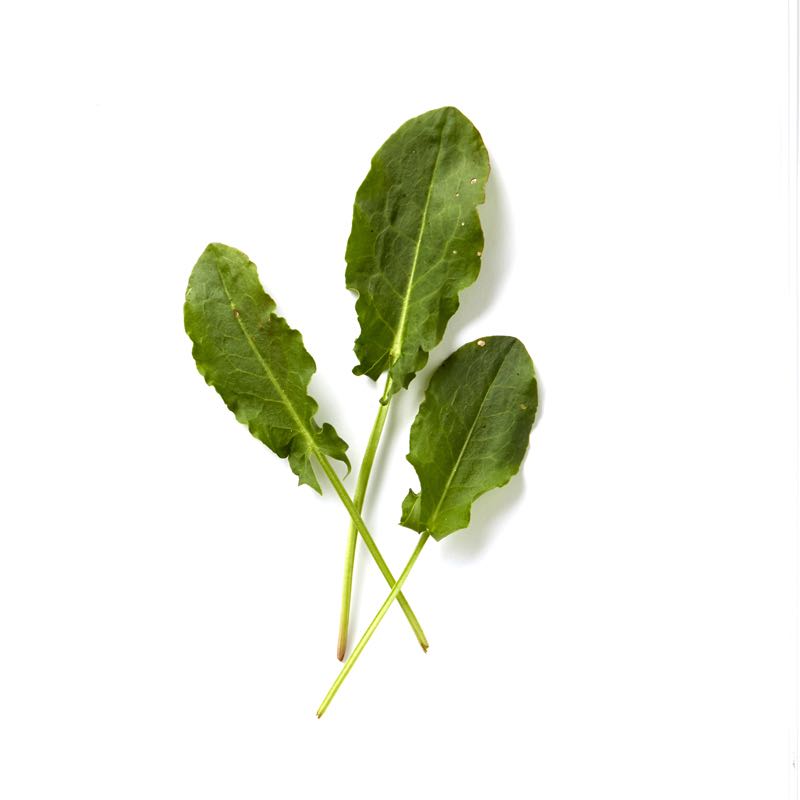
Common sorrel
Common sorrel, or garden sorrel, has been used for centuries as an edible plant all over the world. In many countries, it's used in traditional local dishes, often together with spinach.
-
Where to Find It
Common sorrel thrives in slightly moist to dry soil all over Denmark. You'll often find it on slopes, grasslands, and in other places with lots of sun. Common sorrel also grows in ditches, on lawns, and along roads and paths.
Towns, hedges, roadsides, grasslands.
-
When to Find It
You can find common sorrel from March until October, but it's best to pick it before and after it flowers (while it blooms, the leaves are quite rough and bitter). If it's cut down and and allowed to grow back, you can pick the young leaves until October.
Entire plant: March, April, May, June, July, August, September, October.
-
How to Spot It
Common sorrel has a thin stem that can grow to be almost a meter tall. It often branches out and forms several slightly twisted tops with small, rust-colored flowers that grow close to the stem. The stem rises from a bunch of oval-shaped leaves that resemble egg-shaped arrowheads with small barbs at the bottom. Common sorrel contains oxalic acid, which can be slightly toxic if consumed in large amounts, so only eat a little bit at a time.
-
How to Pick It
The entire plant is edible, but the leaves are the most delicious. It’s best to pick them when they're young.
Risk of misidentifying the plant
There is no risk of mistaking the plant for another dangerous or undesirable plant.


